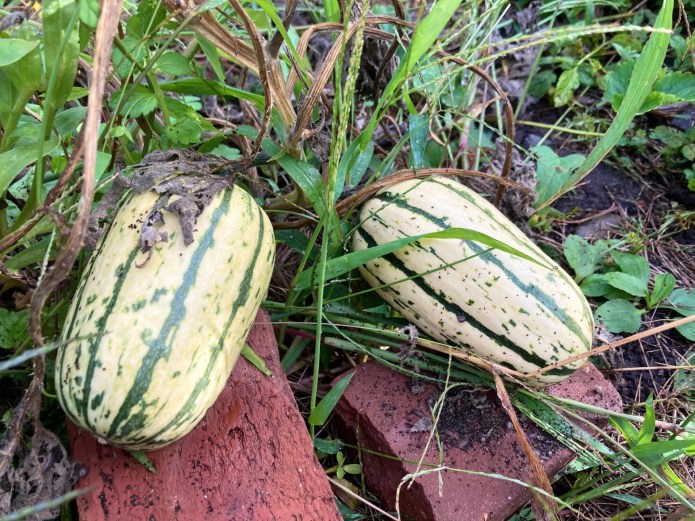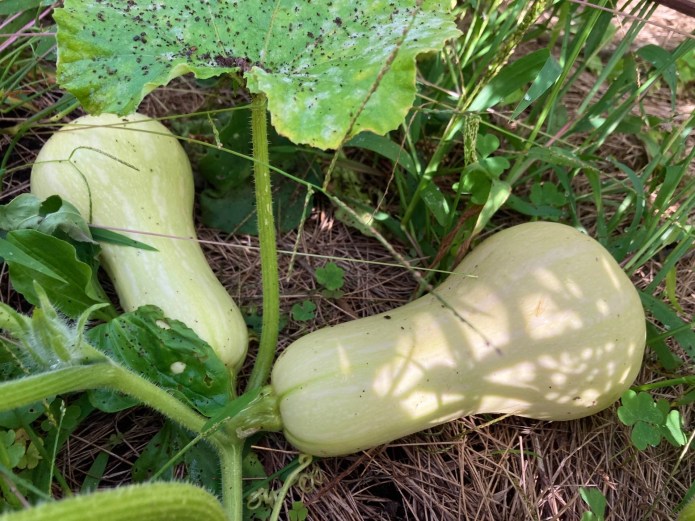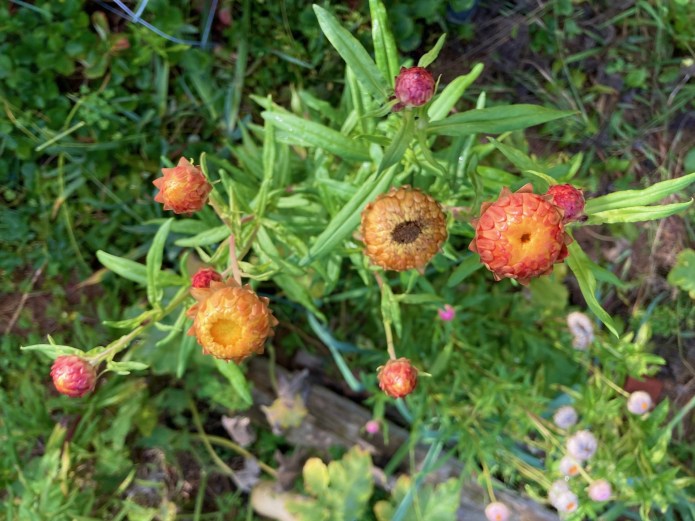
This year was a strange one for tomatoes. Overall, I had a ton of tomatoes all August (I harvested around two pounds every other day), but then production dropped off sharply. By the beginning of September, the early tomatoes were done, and the Ananas Noire and Black Krim had developed some type of rot. It was not blossom end rot, just small brown soft spots that got bigger and started to take over the entire fruit. None of the other varieties had it (with the exception of one big Dr. Wyche’s Yellow tomato in close proximity to the Ananas Noire plant). The spots did not affect the flavor (I was able to cut them out and eat the rest of the tomato), but I have not figured out what exactly the problem was.

I learned that another gardener in our community garden had the same issues with her tomatoes. Interestingly, Ailsa Craig, Brimmer and Green Zebra were not affected. Scotia and Stupice are also likely fine, but those varieties were physically far away from the diseased ones, and were almost done fruiting by the time the spots appeared. By early/mid October, only Ailsa Craig and Brimmer tomatoes were still producing, and I got a few more tomatoes from those plants.

I will need to do more research over the winter on what the problem might have been and plan my tomato varieties for next year accordingly.























